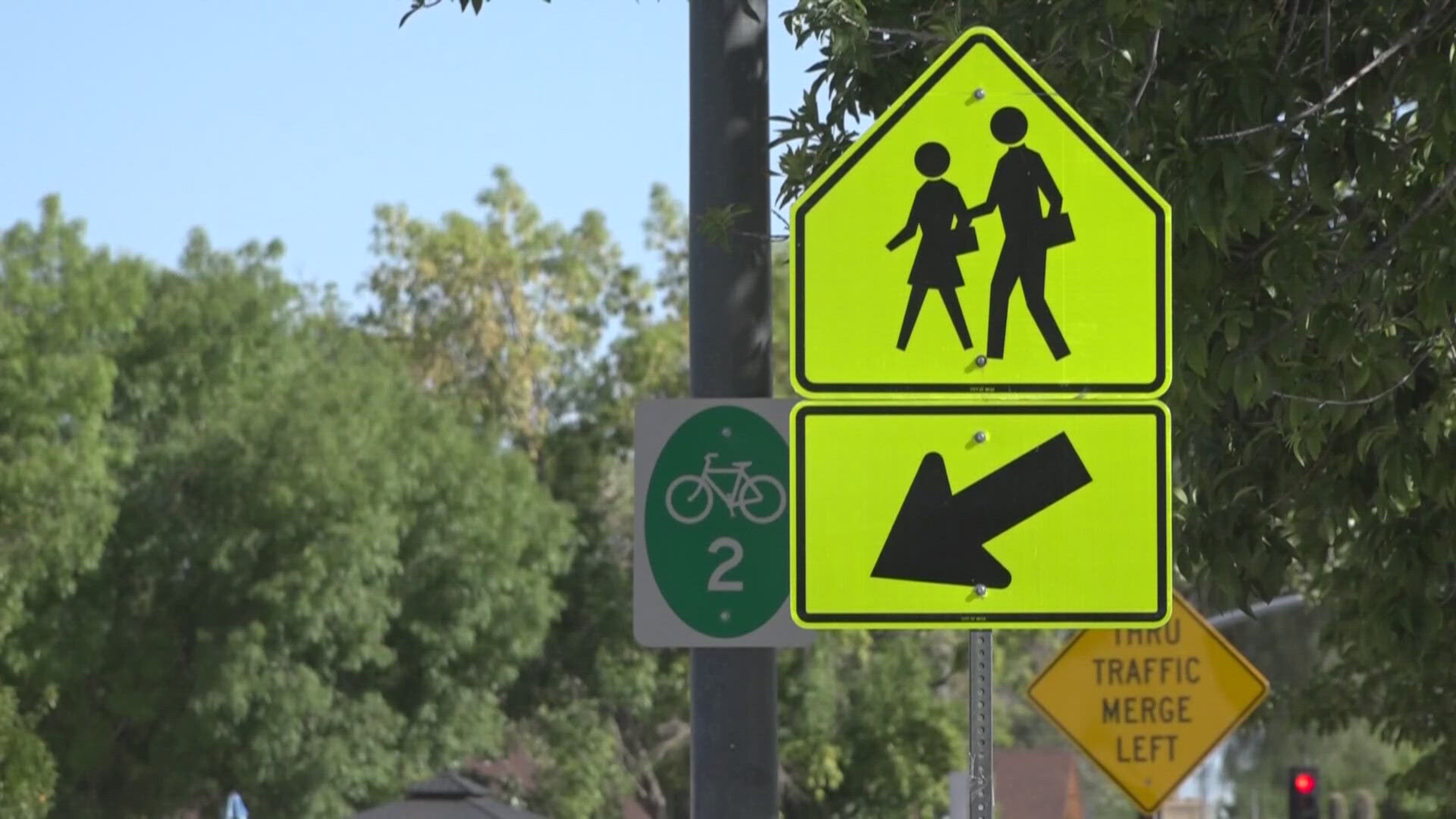PHOENIX — For two weeks in a row, the Arizona Department of Education has reported fewer students enrolled in the state’s school voucher program, known as Education Scholarship Accounts.
According to Monday’s weekly update by the state, 75,396 students are enrolled in the ESA system.
That represents 2,034 fewer than the previous week, and last week’s total was 20 fewer than the week before that. Before the drops, weekly ESA totals had been growing the entire year.
ADE’s website said the state terminated ESA accounts because students were enrolled in a public school without properly withdrawing from the ESA program.
“After due process, these suspended accounts have been terminated,” the website states.
Identifying students with ESAs who are also enrolled in public school
12News asked Superintendent Tom Horne if the state will need to recover misspent funds from those terminated accounts.
“These students’ ESAs were suspended and they were unable to spend any of their ESA funds as soon as they were found to be enrolled in public school,” said ADE spokesman Doug Nick in a written statement.
Nick said the ADE runs a daily comparison of all students in the ESA program against a database of students enrolled in public schools.
The most recent state data shows the average total amount for all ESA vouchers is $9,800. The average total for non-special needs vouchers, known as universal vouchers, is about $7,400.
ESA enrollment totals are closely watched by both supporters and opponents of the program. It amounts to an experiment in public education, as Arizona was the first state to adopt universal expansion in 2022.
The ESA program will cost upwards of $100 million more than projected by a nonpartisan committee before the school year, though Horne said the difference is irrelevant because the Department of Education as a whole will end the year with a surplus.
Are fewer ESAs the answer?
Total enrollment growth has slowed. It was at 74,000 in January. Then, Horne projected it would be at 85,000 by June.
The program’s popularity also has political implications. Supporters of the 2022 universal ESA voucher expansion have argued that ESAs “save the state money” in nearly all cases. As recently as this week, the Goldwater Institute released a report doubling down on the claim.
However, this assertion does not acknowledge the year-to-year fixed costs shouldered by the state to fund the public education system as a whole. Many of those fixed costs are not alleviated by new ESAs.
Examples of these costs include federal COVID funding, facility maintenance, utility costs, construction, transportation costs and most employee salaries. Those expenses are included in the state’s total per-pupil funding average of more than $13,000.
Local bonds and overrides also represent fixed costs and are not impacted by a change in student enrollment. One exception is a maintenance and operations override.
Taking into consideration actual fluctuating costs incurred by the state general fund, additional ESAs cost the state’s general fund more money compared to the alternatives in most cases.
When does the state actually save money with ESAs?
The nonpartisan JLBC has calculated these comparisons. It shows the state general fund pays between $700 and $900 more for a non-special needs student who leaves a district school to obtain an ESA.
The state pays $7,500 more — the full cost of a universal ESA — for a non-special needs student who was not previously enrolled in public school and who obtains an ESA. That cost also applies to non-special needs students who unenroll from “No State Aid” districts such as Scottsdale Unified and Prescott Unified.
The only scenario, according to the JLBC, in which the state general fund saves money with ESAs is when a student unenrolls from a charter school to obtain an ESA. The savings amounts to between $800 and $900.
The comparisons are not exact. A 12News analysis using data from school funding consultant Anabel Aportela shows slightly different totals. For example, the cost to the state budget for a student leaving a district to obtain an ESA is $486 for every elementary student and $601 for every high school student.
Watch 12News+ for free
You can now watch 12News content anytime, anywhere thanks to the 12News+ app!
The free 12News+ app from 12News lets users stream live events — including daily newscasts like "Today in AZ" and "12 News" and our daily lifestyle program, "Arizona Midday"—on Roku and Amazon Fire TV.
12News+ showcases live video throughout the day for breaking news, local news, weather and even an occasional moment of Zen showcasing breathtaking sights from across Arizona.
Users can also watch on-demand videos of top stories, local politics, I-Team investigations, Arizona-specific features and vintage videos from the 12News archives.
Roku: Add the channel from the Roku store or by searching for "12 News KPNX."
Amazon Fire TV: Search for "12 News KPNX" to find the free 12News+ app to add to your account, or have the 12News+ app delivered directly to your Amazon Fire TV through Amazon.com or the Amazon app.
Up to Speed
Catch up on the latest news and stories on the 12News YouTube channel. Subscribe today.

